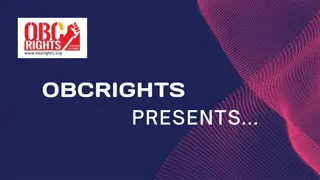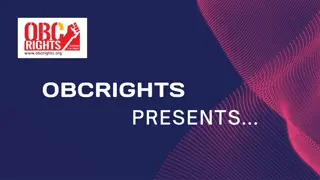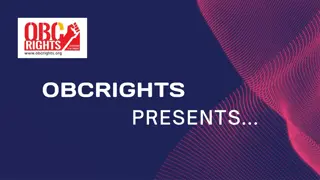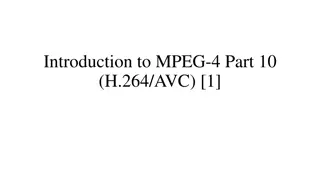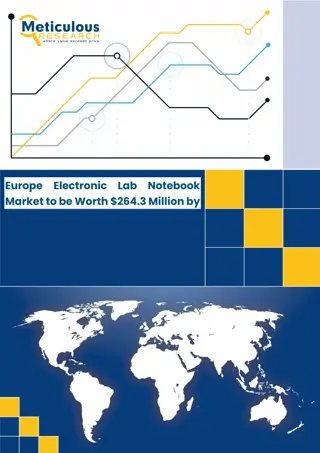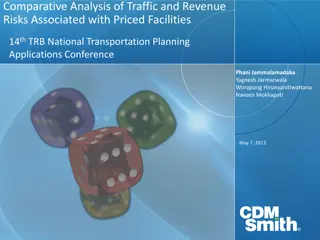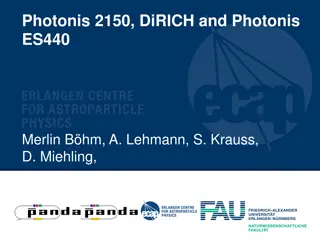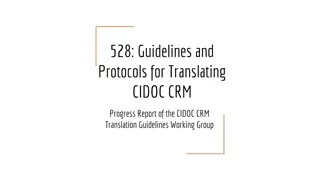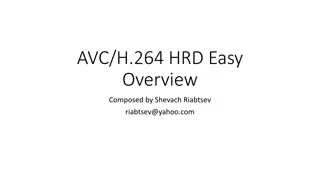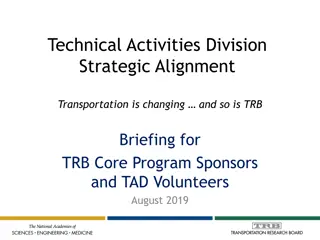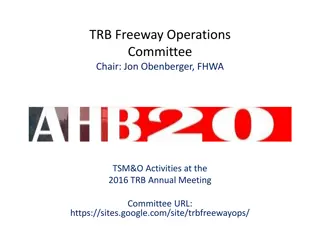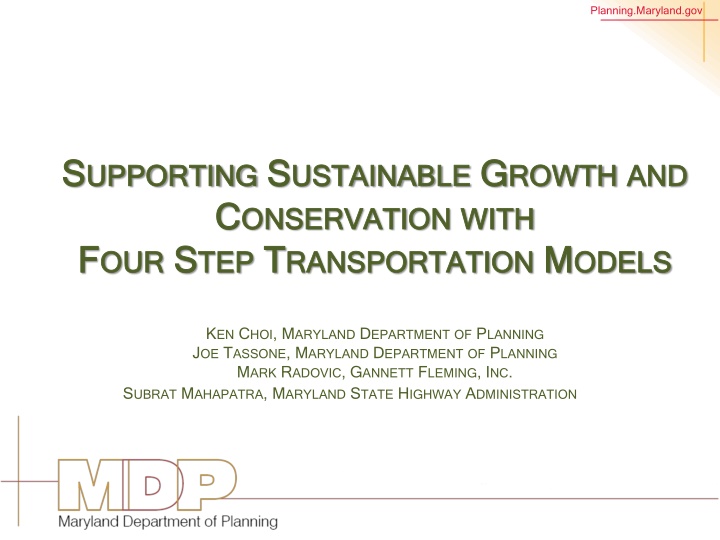
Sustainable Transportation and Land Use Models in Maryland
Explore Maryland's sustainable transportation and land use initiatives aimed at reducing greenhouse gas emissions, promoting non-SOV modes, and enhancing connectivity within Priority Funding Areas. Learn about the state's strategies to integrate transportation and land use to support sustainable growth and conservation efforts.
Download Presentation

Please find below an Image/Link to download the presentation.
The content on the website is provided AS IS for your information and personal use only. It may not be sold, licensed, or shared on other websites without obtaining consent from the author. If you encounter any issues during the download, it is possible that the publisher has removed the file from their server.
You are allowed to download the files provided on this website for personal or commercial use, subject to the condition that they are used lawfully. All files are the property of their respective owners.
The content on the website is provided AS IS for your information and personal use only. It may not be sold, licensed, or shared on other websites without obtaining consent from the author.
E N D
Presentation Transcript
Planning.Maryland.gov S SUPPORTING UPPORTING S SUSTAINABLE C CONSERVATION ONSERVATION WITH F FOUR OUR S STEP TEP T TRANSPORTATION RANSPORTATION M MODELS USTAINABLE G GROWTH ROWTH AND WITH ODELS AND KEN CHOI, MARYLAND DEPARTMENT OF PLANNING JOE TASSONE, MARYLAND DEPARTMENT OF PLANNING MARK RADOVIC, GANNETT FLEMING, INC. SUBRAT MAHAPATRA, MARYLAND STATE HIGHWAY ADMINISTRATION
Planning.Maryland.gov Maryland Context 19thin population, 5.8m 2035, 1.0 m more residents, 700K jobs Planning Act of 1992, Smart Growth Act 1998, Priority Funding Areas (PFAs) SHA, Maryland State Transportation Model Application to support Sustainable Transportation Land Use objectives
Planning.Maryland.gov STLU Objectives Concentrate most residential and commercial origins and destinations in PFAs Integrate land use/ transportation to increase non-SOV modes Reduce travel times, VMT, TLU footprints, and greenhouse gas emissions from mobile sources
Comparative Land Use & Transportation Carbon Footprints, Atlanta & Barcelona
Planning.Maryland.gov COUNTY TRANSPORTATION/LANDUSE FOOTPRINTS PER 100 RESIDENTS Acres how much land is occupied by residents and their employment destinations, Distance how far residents travel to employment destinations Footprints = Residential Acres + [Employment Acres X Distance Multiplier]
Planning.Maryland.gov VMT PER CAPITA Average distance driven each day by jurisdiction To and from all origins and destinations within a jurisdiction Divided by the total number of jobs plus residents
Planning.Maryland.gov What Gives? Land Use/ Transportation Cycle Increasingly segregated, isolated land uses Congestion, increased travel demand Highway creation, expansion Increased market access More segregated development More congestion Increased costs
General Roadway Lane Mileages as the function of Population Growth 2030 (Year) 77.0 (State, State Toll, County, and Municipal roadway systems) Smart Growth Y = 0.0078X + 23,725 R = 0.99 2020 Road Lane Mileage (Y) in Thusands 72.0 2010 67.0 2000 62.0 1990 1981 57.0 4.1 4.6 5.1 5.6 6.1 6.6 7.1 Millions Population (X)
Infrastructure/ Cost Savings, Smart Growth vs. Trend, 2010 and 2030 333,000 Acres Less Residential Development 2,900 & 1,500 less Community & General lane miles. Cost Saving $29.4 Billion: $12 & $17 Billion less for Community & General road construction $253 & $130 Million less to maintain Community & General roads
Planning.Maryland.gov WHATIF TRANSPORTATION & LAND USEWERE INTEGRATED? BALTIMORE CITYAND COUNTY, 2035
Planning.Maryland.gov REDISTRIBUTIONOF PROJECTED NEW HHSIN 2035
Planning.Maryland.gov REDISTRIBUTIONOF PROJECTED NEW JOBSIN 2035
Planning.Maryland.gov EFFECTSAT CITY/COUNTY SCALE BALTIMORE CITYAND COUNTY, 2035 Forecast: 1.54m residents, 950K jobs TOD TAZs around rail stops: 244 of 710 TAZs (34%) New Red Line light rail 4.5 & 5.3% more of total city/county projected residents & jobs in TOD TAZs Result: 6.3% increase in projected total city/county transit ridership
Planning.Maryland.gov EFFECTSAT REGIONAL SCALE BALTIMORE METRO REGION Forecast: 2.99m residents, 1.84m jobs 2.3 & 2.7% more of regional residents & jobs in TOD TAZs in 2035 Results: 5.3% increase in total region transit ridership 5.2% reduction in VMT/ capita, pop n that live or work in TOD TAZs
Planning.Maryland.gov SUMMARY FINDINGS Shift of 2.5% of Baltimore Region Jobs + Population from Non-TOD to TOD TAZs leads to 5.3% Increase in Transit Ridership. VMT/Capita reduced by 5.2% for TOD TAZ pop ns in Baltimore City/ County Model limitations: e.g., no mode choice response to increased walk/bike access in TODs
Planning.Maryland.gov Conclusions Integrated TLU mixed use/ transit development has significant potential to improve TLU relationship, support STLU objectives Future opportunity to explore better TLU scenarios (e.g. land use options, community design, transit services, service frequency, model enhancements, etc.)



